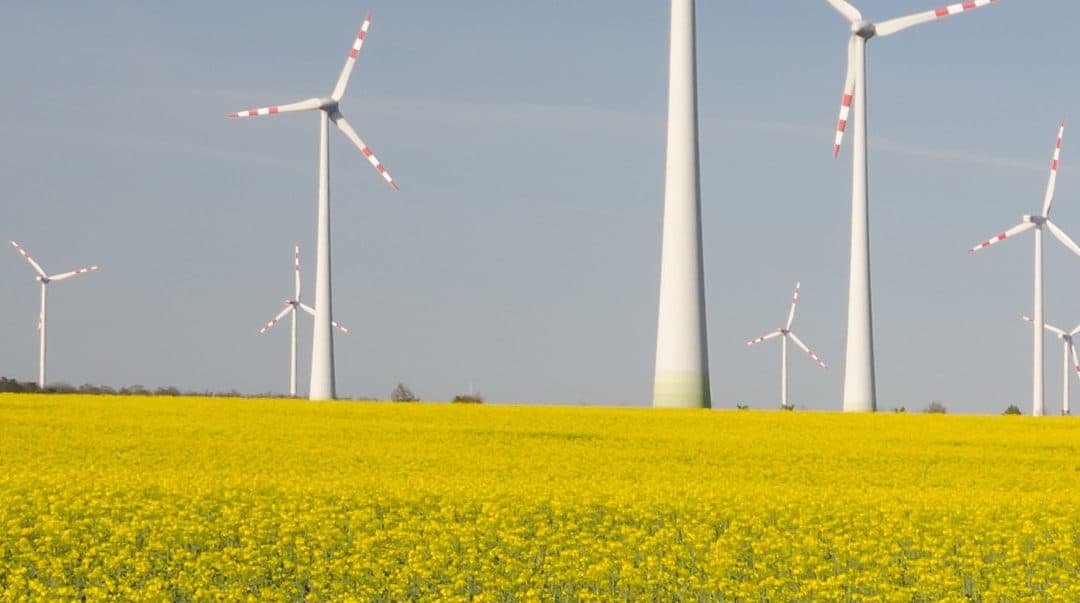Groundsure Review
Groundsure Review Search
The Groundsure Review report is a comprehensive environmental risk assessment designed specifically for high-value property transactions and complex sites. It combines in-depth data analysis, manual expert review, and planning intelligence to deliver precise and commercially relevant guidance.
The Review provides a professional opinion on contaminated land liability and includes crucial insights into flood risk, energy infrastructure, and environmental planning constraints.
The report uses Groundsure’s unique historical land use database and a range of datasets from the likes of the Environment Agency and the British Geological Survey to ensure a reliable overview of risk.
| Key Features | Why this matters |
|---|---|
| Contaminated Land Assessment by qualified consultants, using historical mapping and site data. | Helps identify legacy land use risks and potential contamination liabilities. This supports legal due diligence and protects buyers and lenders. |
| Flood Risk Screening, including river, surface water, groundwater, and insurance-based FloodScore™. | Confirms negligible flood risk. This supports confident development or investment and informs future planning needs. |
| Ground Stability Check, including shrink–swell risk, mining activity, and infilled land. | Confirms no current or historic instability issues, reducing the risk of structural damage or subsidence. |
| Radon Risk Screening with clear pass/fail conclusion. | Indicates no significant radon risk — important for health, safety and mortgageability. |
| Energy Infrastructure Assessment, highlighting existing/proposed solar farms and wind turbines. | Helps understand visual, planning or grid-impact implications of nearby renewable energy infrastructure. |
| ClimateIndex™ Physical & Transition Risks including 5- and 30-year projections. | Assesses long-term exposure to flood, stability, and energy risks under climate change scenarios — useful for risk mitigation and lender confidence. |
| Source Protection Zone and Hydrogeology Analysis, including bedrock aquifer classification. | Confirms location in SPZ2 and SPZ3 over a Principal Aquifer, highlighting moderate environmental sensitivity. |
| Planning Constraints & Nearby Applications, including Green Belt designation and proposed developments. | Informs future use, development potential, and context for change in surrounding land use. |
| Operational Environmental Risk evaluated using land use, activities, and mapping. | Low–moderate risk identified, meaning the site is unlikely to be subject to statutory investigation. |

